Weapons Without Wings: Trump’s US$100 Billion Saudi Arms Deal Skips the F-35
However, the proposed package — while extensive — will conspicuously exclude the highly sought-after F-35 Lightning II stealth fighter, a platform that Riyadh has been pursuing relentlessly to modernize its airpower capabilities.
(DEFENCE SECURITY ASIA) – When United States President Donald Trump steps onto Saudi soil this May, he is expected to unveil a colossal arms package worth approximately US$100 billion (RM440 billion), aimed at bolstering the security architecture of the resource-rich Gulf kingdom.
However, the proposed package — while extensive — will conspicuously exclude the highly sought-after F-35 Lightning II stealth fighter, a platform that Riyadh has been pursuing relentlessly to modernize its airpower capabilities.
Trump is anticipated to continue high-level discussions with Saudi officials on the potential future sale of the Lockheed Martin-built F-35, though diplomatic and security sources caution that the chances of securing a deal during the President’s visit remain exceedingly slim.
For now, the Kingdom of Saudi Arabia will continue to aspire from afar to operate the world’s most advanced multi-role fighter aircraft.
At the heart of Washington’s hesitance to transfer F-35 technology lies intense opposition from Israel, which has repeatedly urged the United States to safeguard its Qualitative Military Edge (QME) by denying fifth-generation fighter sales to Arab states.
According to international news agency Reuters, much of the weaponry slated for Saudi Arabia under the Trump proposal mirrors offerings made during his first presidential term, reinforcing a longstanding pattern of American military support to its Gulf partner.
The latest arms deal initiative also follows the collapse of efforts by the Biden administration to broker a comprehensive defence agreement with Riyadh, part of a broader diplomatic strategy aimed at normalizing Saudi-Israeli relations.
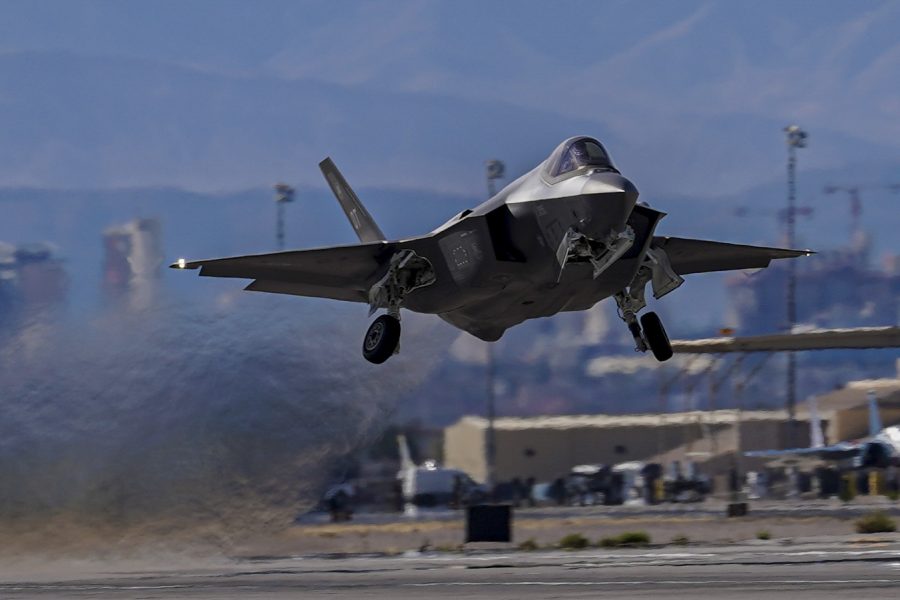
Under Biden’s framework, Saudi Arabia would have been granted access to more sophisticated American military platforms in exchange for curtailing Chinese arms acquisitions and restricting Beijing’s strategic investments within the kingdom.
As part of the new package, Lockheed Martin Corp is expected to provide a range of advanced weapons systems, including the battle-tested C-130 Hercules tactical transport aircraft, according to two sources familiar with the matter.
One source further revealed that Lockheed Martin’s contribution would extend to the provision of precision-guided missiles and cutting-edge radar systems, enhancing Saudi Arabia’s airstrike and early warning capabilities.
RTX Corp, formerly known as Raytheon Technologies and a global leader in aerospace and defence solutions, is also expected to play a pivotal role in the arms package, alongside other American defence giants such as Boeing Co, Northrop Grumman Corp, and General Atomics, four other sources confirmed.
All six sources spoke on condition of anonymity due to the extreme sensitivity of the negotiations, reflecting the complex geo-strategic ramifications of any major arms transfer in the Middle East.
The United States has long been the arsenal of choice for Saudi Arabia, supplying a vast array of platforms ranging from fighter jets to integrated air and missile defence systems.
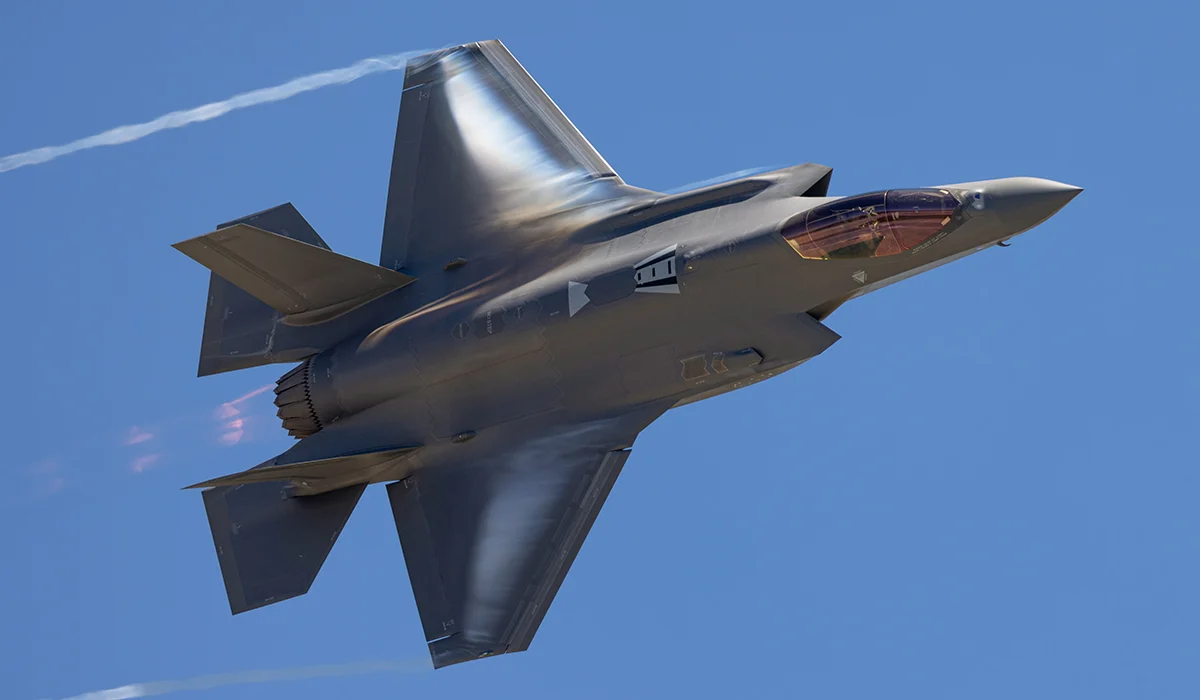
In 2017, President Trump proposed an unprecedented US$110 billion (RM172 billion) arms sale to Saudi Arabia, marking one of the largest single arms deals in American history at the time.
Riyadh’s strategic ambition to acquire the F-35 Lightning II is fueled by a blend of military necessity, regional rivalry, and a desire to future-proof its armed forces against evolving threats.
Possessing the F-35 is seen by Saudi defence planners as essential for achieving strategic equilibrium with Israel, which has already deployed the F-35I “Adir”, a heavily customized and battle-optimized variant of the jet.
Moreover, operating the F-35 would confer Saudi Arabia the ability to conduct deep-penetration strikes across hostile airspace with near-impunity, strengthening its claim as the preeminent military power among the Gulf Cooperation Council (GCC) states.
In parallel, Saudi Arabia views the F-35 not merely as a platform, but as a technological investment to ensure it retains a credible deterrence and air dominance posture for the next three decades, particularly in a battlespace increasingly defined by stealth, electronic warfare, and integrated sensor fusion.
Riyadh’s pursuit of the stealth fighter is also interpreted as a strategic message to Washington, signaling its commitment to deepen bilateral defence ties while simultaneously challenging the traditional U.S. policy of maintaining Israel’s absolute military superiority.
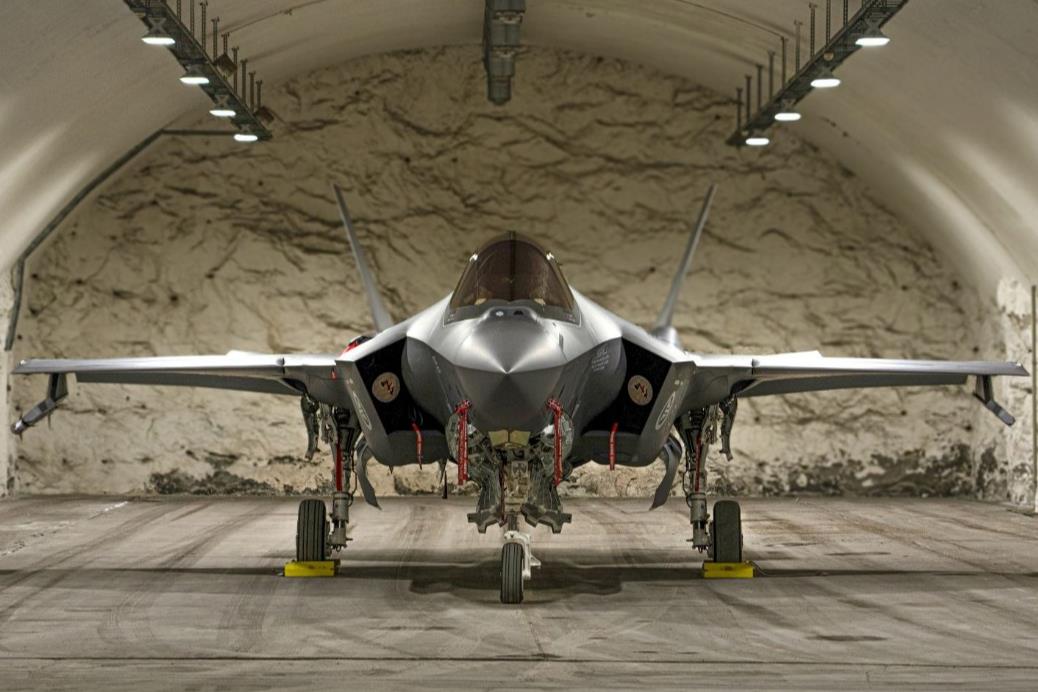
For Crown Prince Mohammed bin Salman, securing the F-35 would be emblematic of Saudi Arabia’s transition into a modern, high-tech military force, complementing his Vision 2030 national transformation plan.
Nevertheless, Saudi Arabia’s bid for the F-35 remains mired in sensitive political terrain, constrained by the ironclad U.S. commitment to preserving Israel’s regional supremacy.
Compounding these sensitivities are broader American concerns regarding Saudi Arabia’s human rights record, its protracted military campaign in Yemen, and its growing strategic ties with China and Russia, factors that collectively complicate Riyadh’s F-35 ambitions.
Israel’s fierce resistance to Saudi Arabia’s acquisition of the F-35 is driven by a profound calculus combining security imperatives, historic distrust, and the geopolitical necessity of military dominance.
Under American legal frameworks, particularly those established following the 1979 Camp David Accords, the U.S. is mandated to ensure Israel’s perpetual Qualitative Military Edge (QME) over its regional adversaries.
Israeli defence officials argue that allowing Riyadh to operate the F-35 would dangerously erode this strategic buffer, even if Saudi Arabia is presently aligned with American interests in countering Iran.
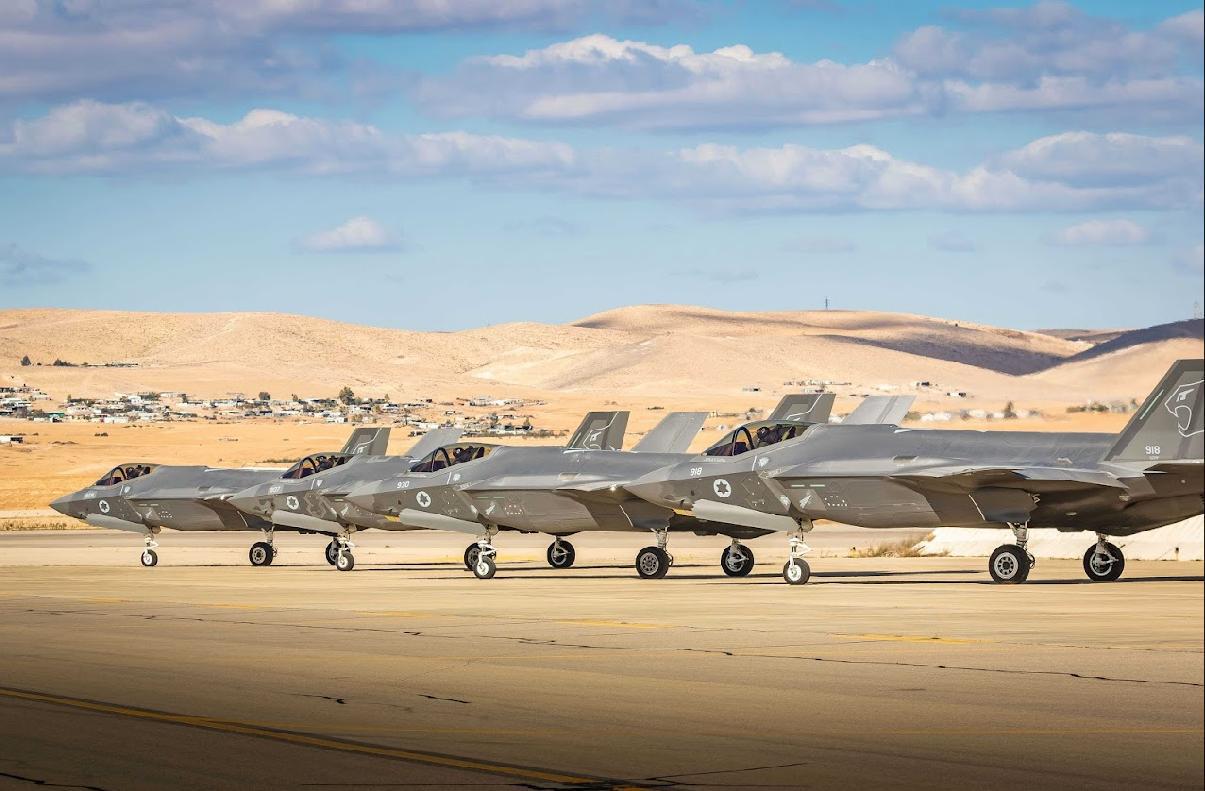
While backchannel coordination between Israel and Saudi Arabia has improved, deep-seated historical animosities and political volatility in the region leave Israeli policymakers wary of entrusting Riyadh with fifth-generation stealth capabilities.
Tel Aviv also fears that granting Saudi Arabia the F-35 could expose critical stealth technologies to adversaries via espionage, unauthorized access, or future political realignments favoring Beijing or Moscow.
Israel, after years of intense negotiations, operates the uniquely configured F-35I “Adir”, tailored to its own operational doctrine with indigenous systems for electronic warfare, command and control, and weapons deployment.
For Israel, the F-35 represents an unparalleled air superiority instrument, enabling unchallenged power projection deep into adversarial territories without detection.
Saudi access to the same platform would complicate Israel’s ability to conduct preemptive strikes, diminish its tactical options, and disrupt the current strategic balance.
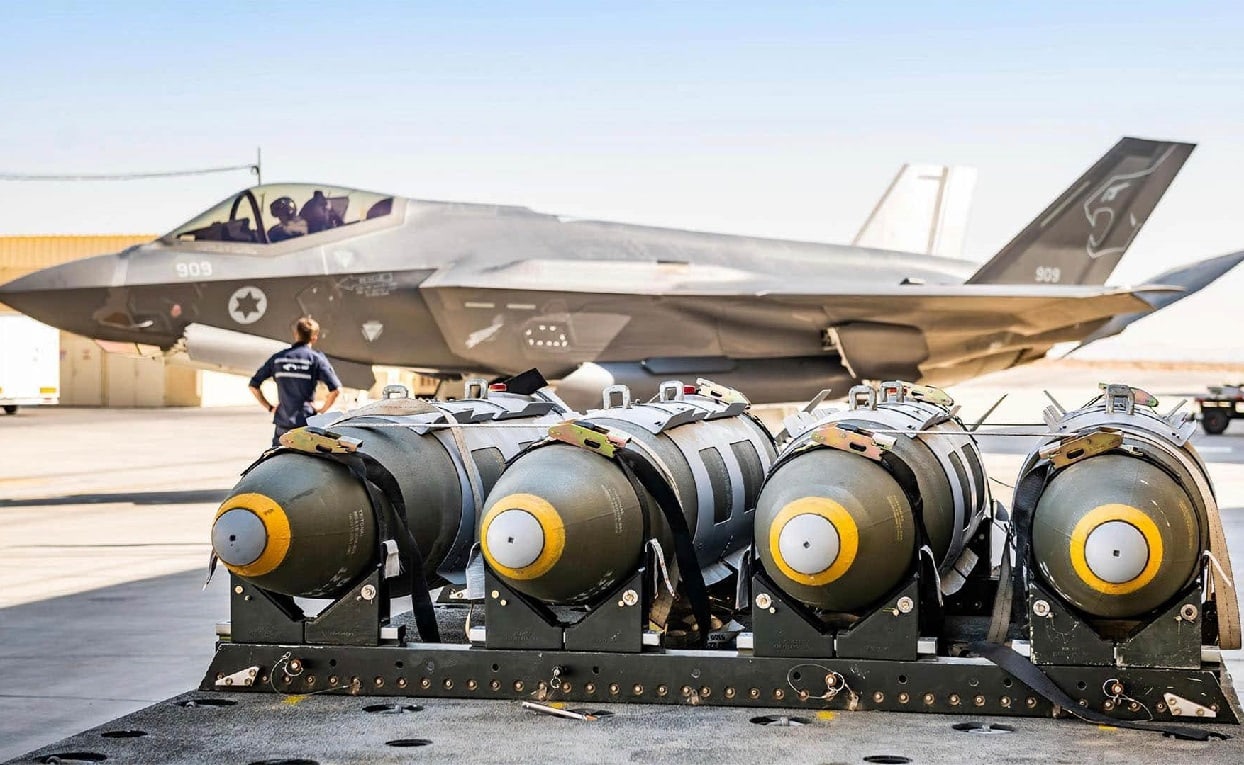
Furthermore, Israeli officials warn that approving an F-35 sale to Riyadh could ignite a regional arms race, with countries like Qatar, Egypt, and Jordan pressing Washington for equal treatment, thereby saturating the region with stealth technology.
Such a development would fundamentally undermine Israel’s hard-won strategic posture, established through decades of careful military buildup and diplomatic leverage.
In the final analysis, Israel’s opposition is rooted in a simple strategic principle: maintaining undisputed military dominance is not just about superiority — it is about survival.
— DEFENCE SECURITY ASIA


